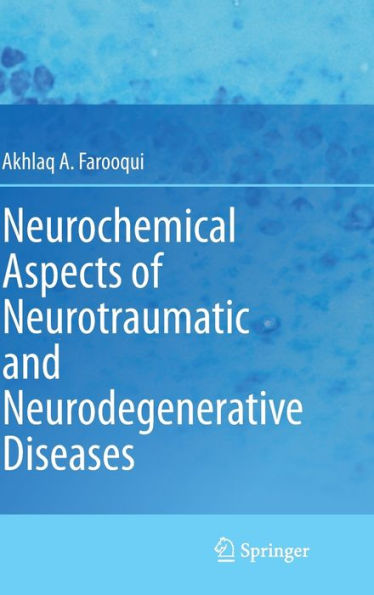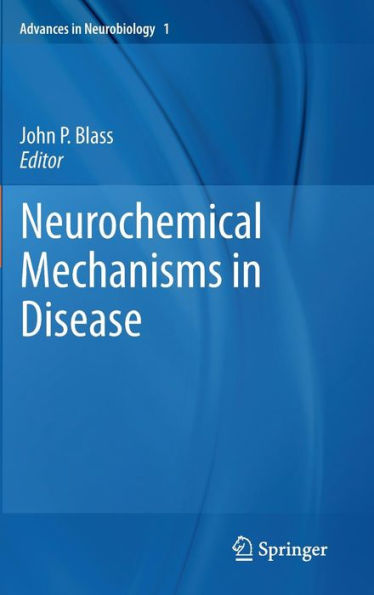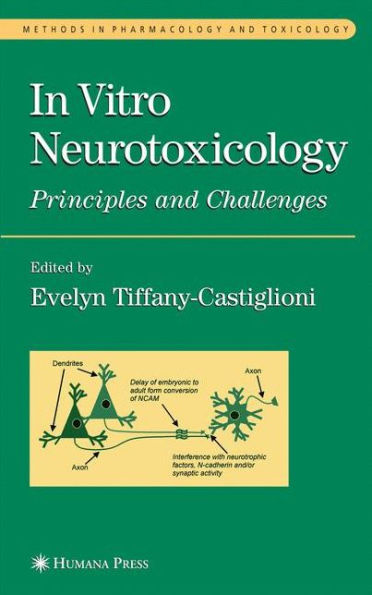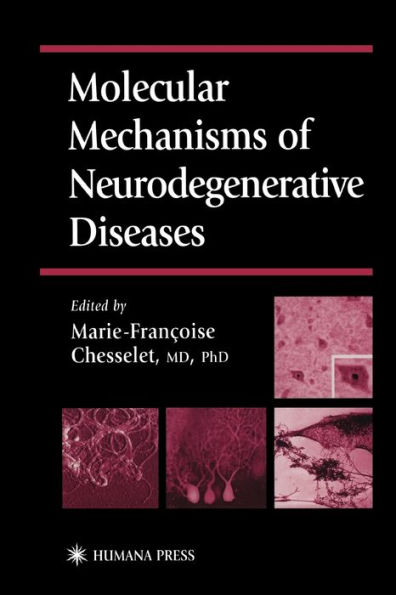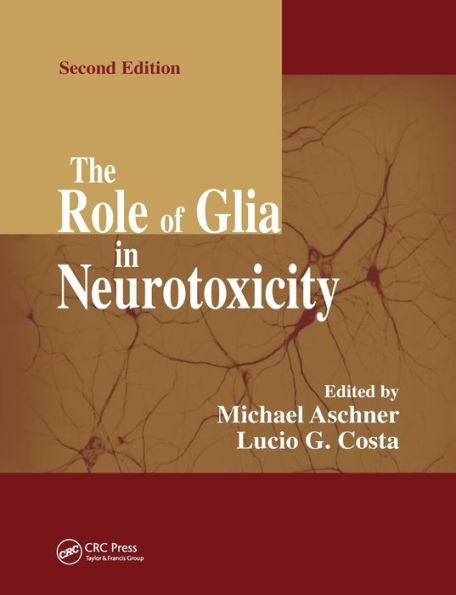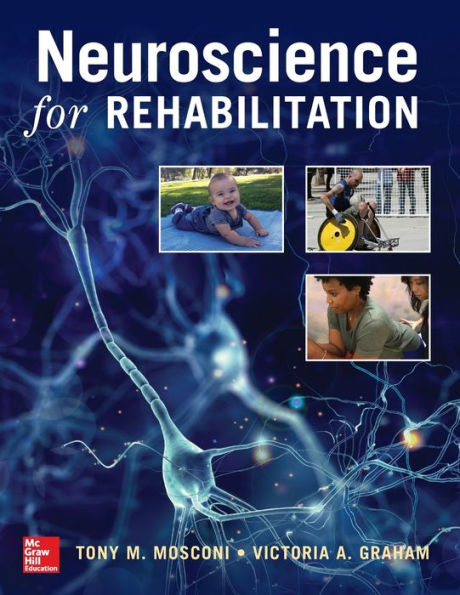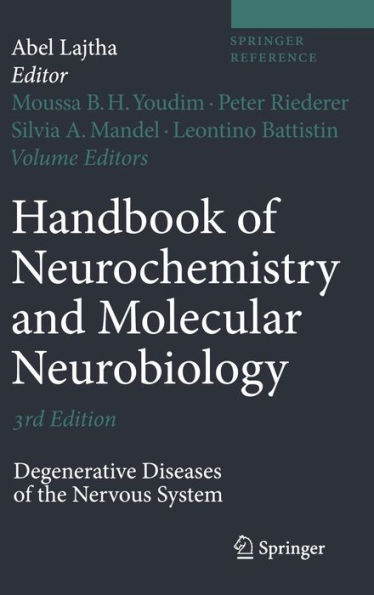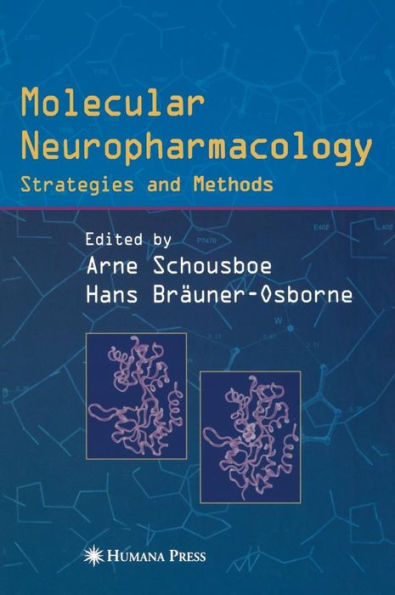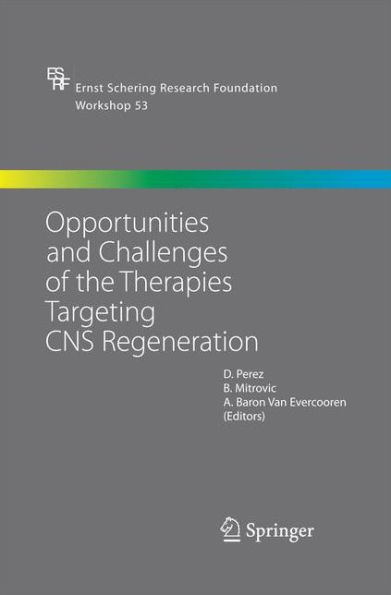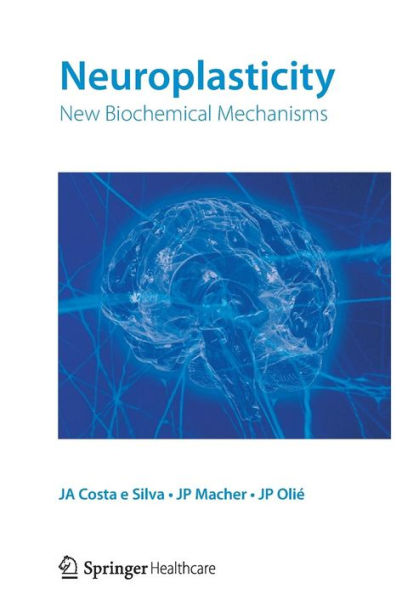Home
Excitotoxicity in Neurological Diseases: New Therapeutic Challenge / Edition 1


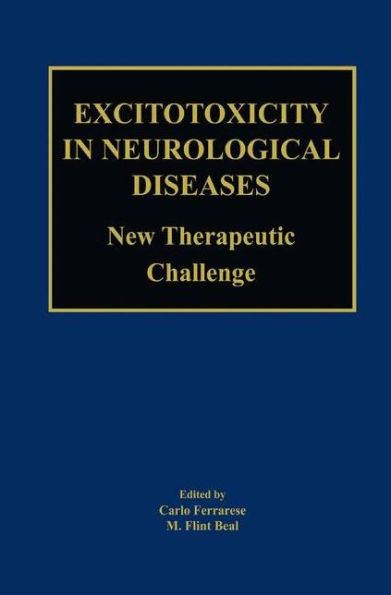
Excitotoxicity in Neurological Diseases: New Therapeutic Challenge / Edition 1
Current price: $169.99
Loading Inventory...
Size: OS
It can be reasonably anticipated that, over the next generations, the proportion of elderly people will remarkably increase and, with this, the number ofpersons suffering from acute (e.g. cerebral ischemia) or chronic neurodegenerative disorders. To date, approved drugs only alleviate the symptoms of these diseases (for instance, acetylcholinesterase inhibitors in Alzheimer disease and L-dopa and dopamine-agonists in Parkinson disease), while none seems to stop the progression of the degenerative processes underlying them. The development of effective preventive or protective therapies has been impeded by the limitations of our knowledge of the causes and the mechanisms by which neurons die in neurodegenerative disorders. Evidence accumulated in the past 20 years indicated that the major excitatory neurotransmitter glutamate may play a role as neurotoxin in several conditions. In particular, the glutamatergic system dysfunction seems to be an early event working as a common pathway in the pathogenesis ofa large number ofacute and chronic neurological disorders, in strict conjunction with other important mechanisms, such as oxidative stress and energetic failure, and probably triggered by different mechanisms in various diseases. In consideration of that, drug discovery efforts over the last decade have been focused on the search for drugs that either reduce glutamate synaptic levels or block its postsynaptic effects. Despite numerous reviews on basic mechanisms and clinical aspects of the excitotoxic phenomenon, so far no comprehensive book has covered the topic in all its complexity, starting from basic pharmacological mechanisms, to .animal models of diseases and finally to clinical pathogenic and therapeutic implications.
